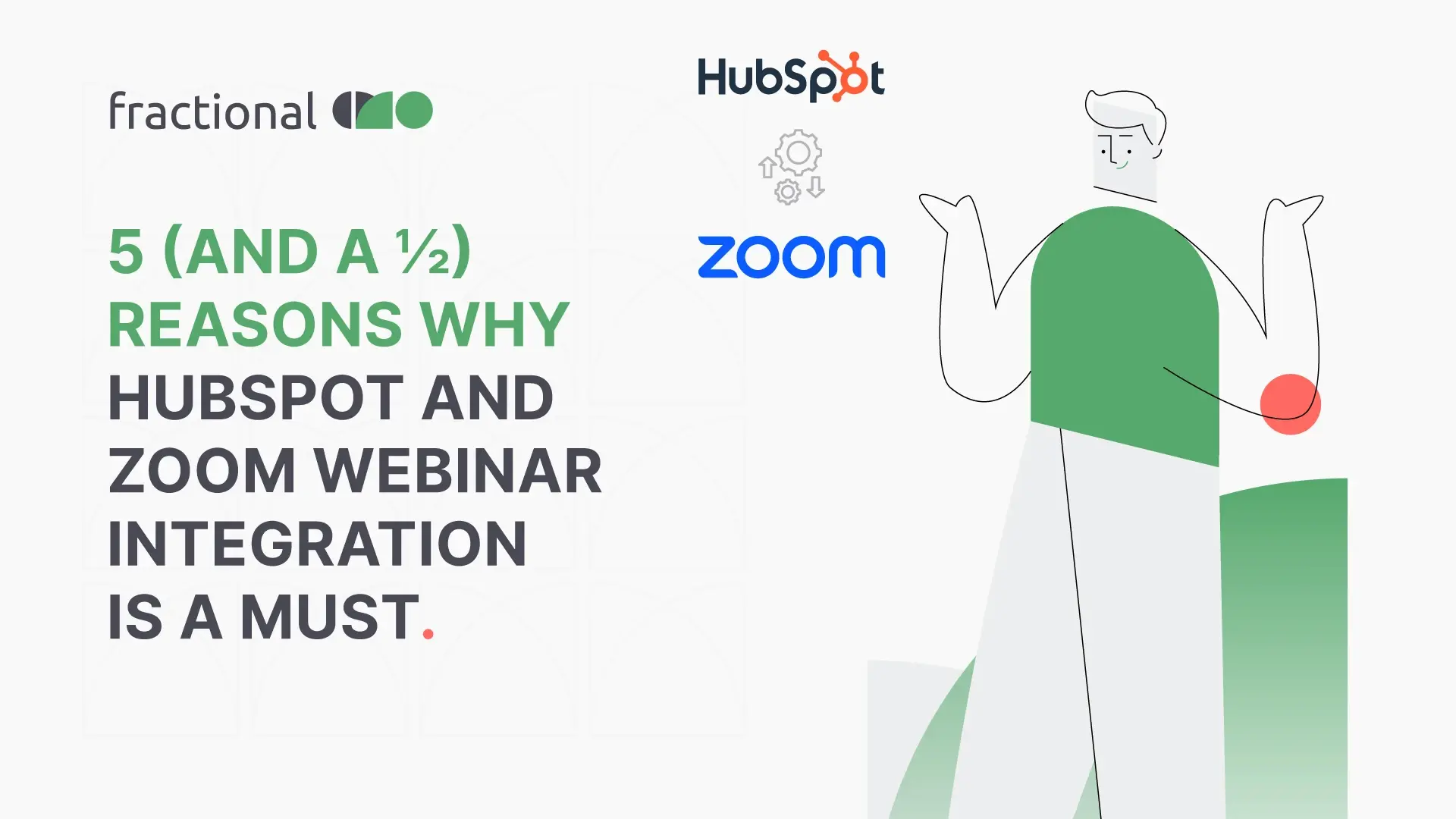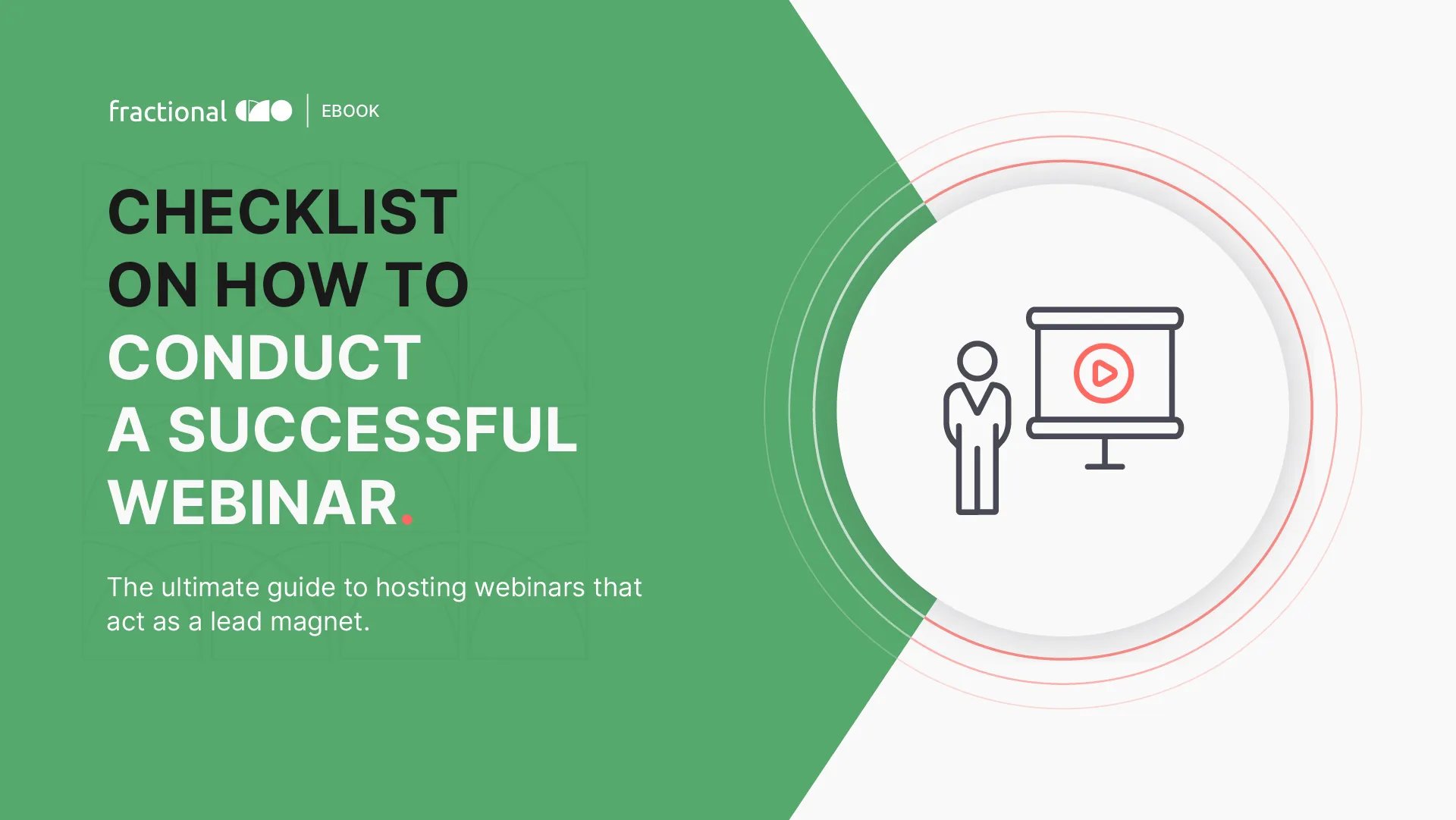5 Account Based Marketing Trends to Implement in 2020
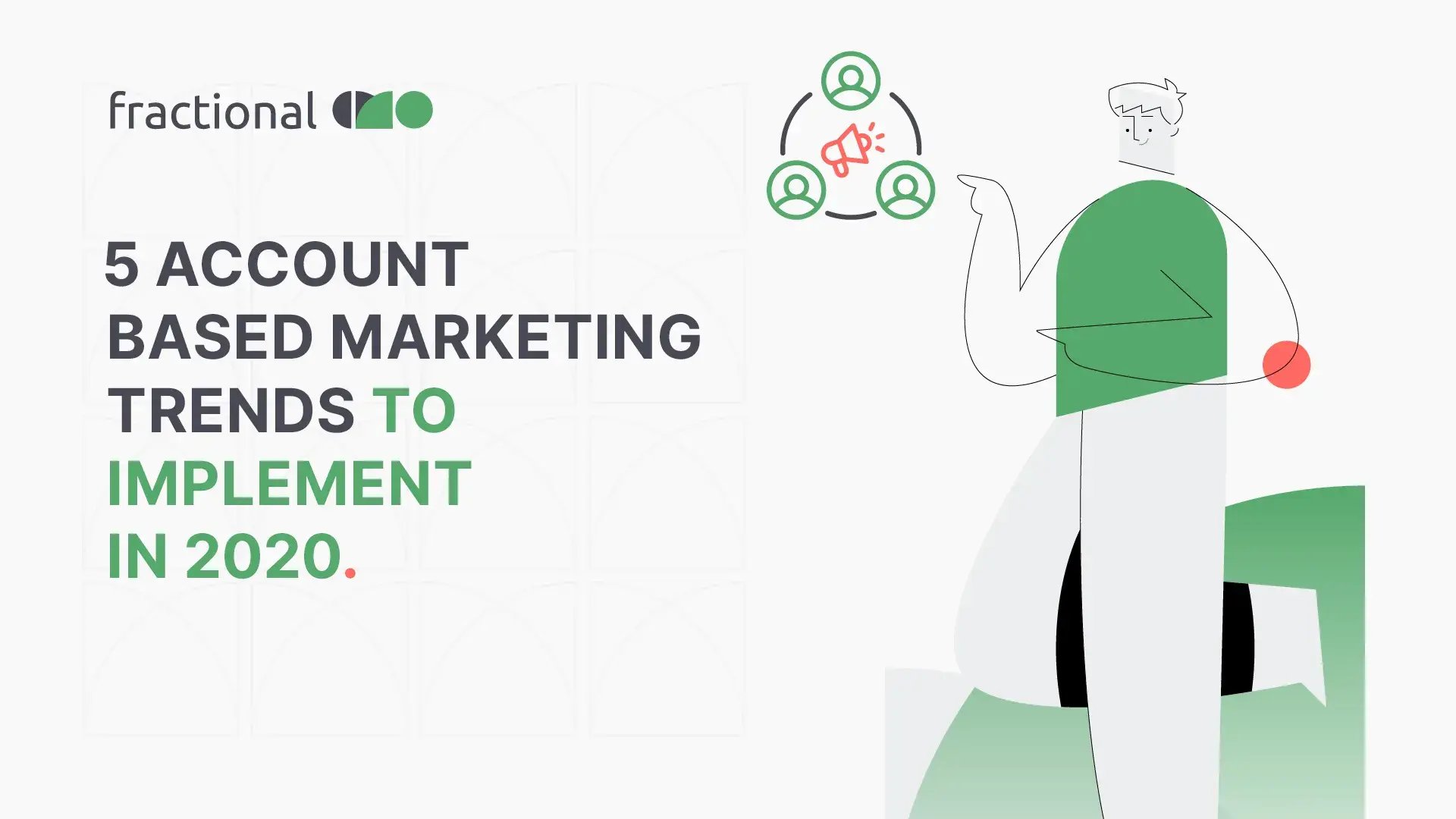
From bringing alignment between sales and marketing teams to shortening the sales cycle and personalizing communication with the customers, Account-Based Marketing (ABM) has changed the way B2B marketing is done.
According to ITSMA, 87% of B2B marketers agree that ABM delivers a higher ROI than any other form of marketing.
In fact, research shows that ABM, if done right can generate up to 208% more revenue.
ABM is evolving, and there’s plenty you can do to leverage its potential.
Let’s look at five of the top account-based marketing trends that will dominate 2020 and how you can use it in your strategy.
Top 5 Account-Based Marketing Trends to Watch in 2020
SEO
As more millennials take the decision-making role in organizations, the research for products begins online. A majority of the B2B customers are online. So, if you have to target B2B accounts, your first step should be to strengthen your SEO strategy in 2020. If your content is not optimized for search, you are likely to lose out on potential accounts.
What you must do?
On average, companies do 12 searches before engaging with a specific brand’s site. So, you have to map your content for every stage of the buyer’s journey.
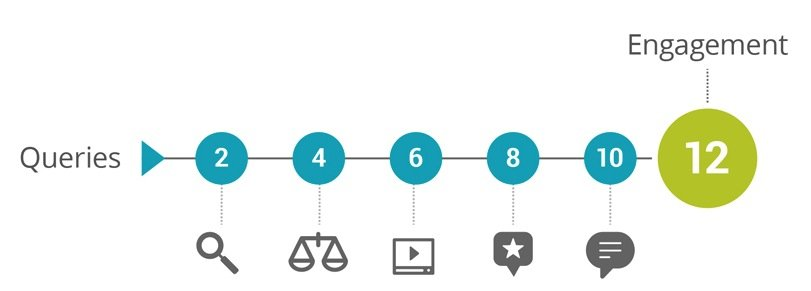
Source: Think With Google
Ask yourself two crucial questions - what keywords will your prospect use to search your product, and what would their intention be to search your product? Here’s an example of digging deep into the potential keywords and intent. It can help you to create valuable content for every stage of the buyer’s journey. Once you know the keywords and the user intent, you can start optimizing your content to target your prospects in a better way.
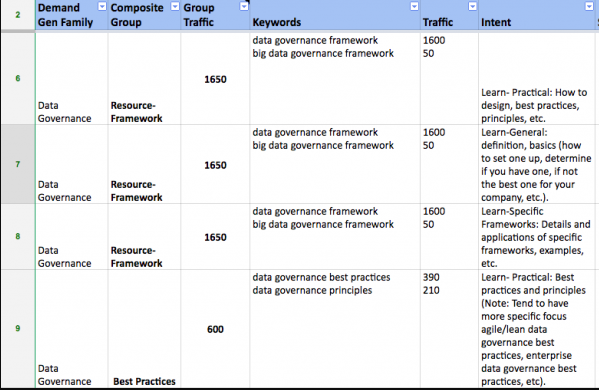 Source: Marketo
Source: Marketo
Predictive analysis
Predictive analytics enables you to make predictions of unknown future events. It uses a combination of data mining, statistics, modeling, and artificial intelligence to analyze existing data to predict the future. Predictive analysis can be helpful while targeting specific accounts and while creating content for every stage of the marketing funnel.
Predictive analysis can help you to boost ABM’s performance by giving you accurate information on the accounts that will convert. It will also help you to predict what kind of content your customers are likely to consume and enable you to create more personalized content for them.
What you must do?
The first step is to prepare your organization for predictive analysis. For example, first, ensure that your organization has a master target accounts list and know exactly who influences the buying journey in each of the target account companies. Then encourage everyone involved in ABM strategies to adopt a predictive mindset.
For example, ensure that your content marketers understand what content will resonate the best with the prospect. Ensure that your marketing operations team is prepared for predictive implementation. And most importantly, inform the management of the probable iterations in the strategy based on predictive data. Preparing everyone for predictive analysis will simplify the process and sharpen your ABM strategy further.
Marketing Automation
Personalization, as we know, is the foundation of account-based marketing. It helps you to segment your target audience smartly and send them hyper-personalized messages. A few things that you can do using marketing automation tools are - automating the workflow so your prospect gets the right message at the right stage of the customer lifecycle. A/B testing your strategies to find out what works well and engaging with the customers at every stage of the customer journey to retain them.
What you must do?
71% of ABM marketers are already using marketing automation to support account-based marketing. 41% are using it to personalize websites. Hence, we cannot stress enough on how important marketing automation is important for your organization.
Before you go on a stack purchasing spree, we would recommend you to ask yourself questions such as - will the tools help you to reach your goals, will it help you to acquire and retain customers, do you have the required revenue to obtain it? Address these questions and find out the right marketing automation tools to help you personalize the experience for your customer.
Customer advocacy
The B2B sales cycle is long and can take over six months for a prospect to convert into customers. Like B2C customers, B2B organizations look for brands that have received an overall good review from peers (in a B2B context, peers would entail companies that belong to the same industry) while making decisions. In fact, a study shows that 83% of people rely on peers for reviews on product quality. A positive review could boost the chances of conversions as the trust factor increases. It could also reduce the sales cycle from nine months to four months. Despite how important customer advocacy is, very few companies have implemented it. According to Forrester’s survey, 15% of customers use ABM to increase references and advocacy.
What you must do?
Launch a customer advocacy campaign to get more positive reviews and more targeted accounts. You can either send your customer survey forms or call them to get their opinion on doing business with you. You can also follow what Spice did to penetrate into the key accounts. They used advocacy in landing pages to highlight their relationship with Cisco. Find innovative ways to highlight customer advocacy to get more customers from your target accounts.
B2B influencers
Do you know 91% of B2B purchases are influenced by word of mouth? They trust the reviews from peers and influencers more than advertisements. Peer reviews can be garnered from customer advocacy programs. For influencers, you can collaborate with B2B influencers of your industry. We understand that you might be wary of engaging with B2B influencers. In fact, only 15% of B2B companies have an ongoing influencer marketing program in place. However, your audience closely follows the recommendations of influencers, so they are more likely to listen to their recommendations. If you have not thought of it yet, now is your time to include B2B influencer program into your ABM strategy.
What you must do?
The first thing is to find the right influencer for your brand. Unlike B2C companies that collaborate with influencers with the most number of followers, you must find influencers who think or profess similar ideas like you. Once you identify the right influencer, collaborate with them to reach your message to the target audience. Work with them on a content plan and find out how you can integrate your brand into their content in a seamless way. Lastly, remember that the B2B cycle is longer than B2C, so do not expect overnight results. Collaborate continuously with the B2B influencers to get consistent results.
We hope these five trends will give you clarity on what you can do next to strengthen your Account-Based Marketing strategies. No matter what tactics you choose to implement, the ultimate goal should be to create a good experience for your customer. Account-Based Marketing needs time and careful planning and execution to make it successful. So, ensure that you have adequate budget and resources to implement it. Discuss the advantages and the challenges that you are likely to face with your management. This will help you to make a more informed decision on whether to implement ABM or wait for the right time.





